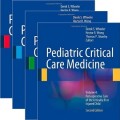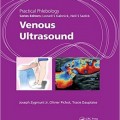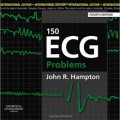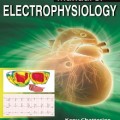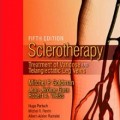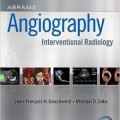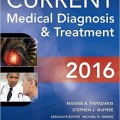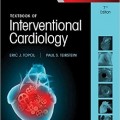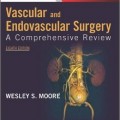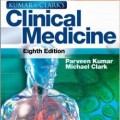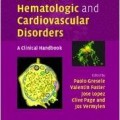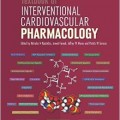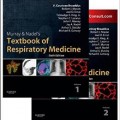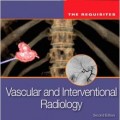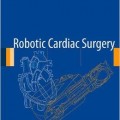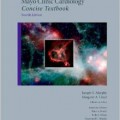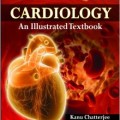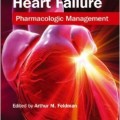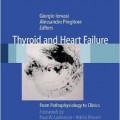دانلود کتاب مرجع اختلالات قلب و عروق
Cardiovascular Disorders Sourcebook, 5ed
Cardiovascular disease is the leading cause of death in both men and women in the United States. According to the Centers for Disease Control and Prevention, 715,000 Americans suffer a heart attack and 600,000 people die of heart disease in the U.S. every year. Yet careful attention to diet, exercise, and control of diabetes, cholesterol levels, blood pressure, and weight can often prevent cardiovascular disease. Further, treatment advances have reduced the disabling health consequences when cardiovascular disease does occur.
Cardiovascular Disorders Sourcebook, 5th Edition, provides information about the risk factors, symptoms, diagnosis, treatment, and prevention of disorders of the heart and blood vessels. Cardiovascular concerns specific to men, women, children, and minority populations are also discussed.
Part I: Understanding Cardiovascular Risks and Emergencies explains how the heart works, and the factors that increase the risk for heart disease and stroke. It describes the warning signs for a cardiac emergency, and the steps for handling one.
Part II: Heart Disorders discusses diseases and disorders of the heart, including coronary artery disease, angina, heart attack, sudden cardiac arrest, cardiomyopathy, heart failure, arrhythmias, heart valve diseases and heart murmurs.
Part III: Blood Vessel Disorders describes blood vessel conditions, including atherosclerosis, stroke, aortic aneurysm and dissection, disorders of the peripheral arteries, peripheral venous disorders, and vasculitis.
Part IV: Cardiovascular Disorders in Specific Populations discusses the impact of cardiovascular diseases in children, men, women, and minority populations.
Part V: Diagnosing Cardiovascular Disorders describes signs and symptoms of heart disease, as well as tests and procedures used to diagnose cardiovascular disorders.
Part VI: Treating Cardiovascular Disorders discusses medications for treating cardiovascular disease, and procedures used to treat narrowed or blocked arteries, heart rhythm disorders, heart valve problems, aneurysms, and heart defects. Rehabilitation following heart attack or stroke is also addressed.
Part VII: Preventing Cardiovascular Disorders describes cardiovascular disease prevention through stress and weight management, and control of diabetes, high blood pressure, and high cholesterol. The benefits of following a heart-healthy diet, quitting smoking, and maintaining an active lifestyle are discussed.
Part VIII: Additional Help and Information includes a glossary of related terms and a directory of relevant resources.




